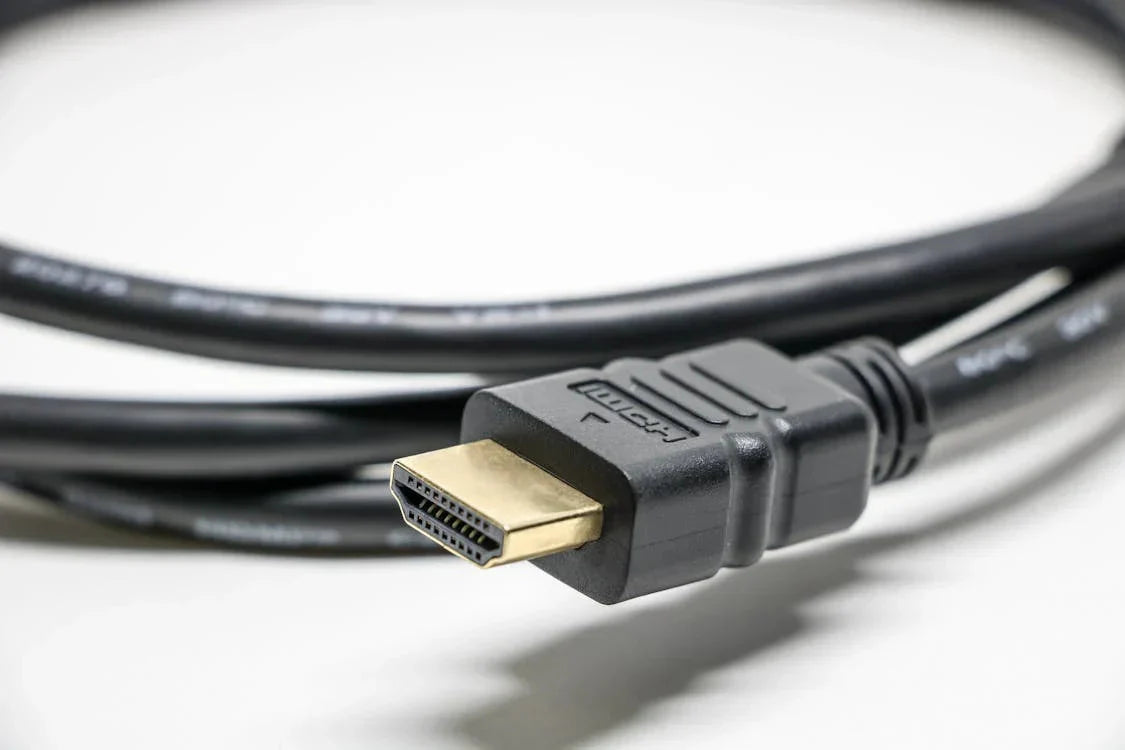
What is the Longest HDMI Cable Length?
|
|
Time to read 3 min
|
|
Time to read 3 min
HDMI (High-Definition Multimedia Interface) cables are essential for transmitting high-quality audio and video signals between devices such as TVs, monitors, gaming consoles, Blu-ray players, and home cinema systems. While most users have no issue with standard cable lengths, some scenarios — such as home theatre setups, office conference rooms, or digital signage installations — require significantly longer cables. This leads to a common and important question: What is the longest HDMI cable length you can use without compromising signal quality?
In this blog post, we'll explore how long an HDMI cable can be, the challenges of transmitting over long distances, the different types of solutions available, and some expert tips for maintaining performance over extended lengths.
There is no officially specified maximum length for HDMI cables. Instead, the maximum effective length is determined by a combination of factors including:
Cable quality and materials
Signal resolution and bandwidth requirements
HDMI version (1.4, 2.0, 2.1, etc.)
Interference and environmental conditions
Generally speaking, for standard copper HDMI cables, the maximum recommended length without signal degradation is:
Up to 5 metres for 4K resolution at 60Hz (HDMI 2.0)
Up to 10 metres for 1080p resolution (HDMI 1.4 or 2.0)
Beyond these distances, signal degradation becomes more likely, especially when transmitting high-resolution video at high refresh rates.
HDMI transmits uncompressed digital data, which requires a strong and stable connection. The longer the cable, the more resistance and potential for interference it faces. Here are the most common issues:
Signal degradation – Loss of clarity, flickering, or a complete signal drop.
Latency or lag – Particularly critical for gaming or real-time video applications.
Handshaking failures – HDMI requires devices to recognise and communicate with each other; long cable runs can disrupt this process.
If you need to run HDMI over longer distances than standard cables allow, there are several solutions available, each with its own benefits and limitations.
Active HDMI cables use built-in signal boosters or amplifiers to transmit data over longer distances — sometimes up to 15 or 20 metres — without noticeable loss. They are directional, meaning they must be plugged in the correct way: source to display.
Fibre optic HDMI cables convert the electrical signal into light, transmit it over fibre, and convert it back at the other end. These cables can run up to 100 metres or more with full support for 4K and even 8K resolutions.
HDMI over Cat5e/Cat6 cables using HDBaseT extenders allows HDMI to be transmitted up to 100 metres using a standard Ethernet cable.
Wireless HDMI systems use radio frequency to transmit HDMI signals without a cable, typically with a range of up to 30 metres in ideal conditions.
The introduction of HDMI 2.1 has brought major improvements, such as support for 8K resolution at 60Hz and 4K at 120Hz, as well as enhanced audio return channel (eARC) and dynamic HDR. However, this also means that signal requirements are much more demanding — with a maximum bandwidth of 48 Gbps.
Transmitting such a large amount of data over long distances using traditional copper cables is generally not feasible. As a result, Ultra High Speed HDMI Cables and fibre optic solutions are often necessary for HDMI 2.1 applications.
Know your resolution requirements – Higher resolutions require better cables and potentially shorter runs.
Use certified cables – Look for cables with proper certification labels like “High Speed” or “Ultra High Speed.”
Test before installing permanently – Always test the cable with your actual devices before running it through walls or ceilings.
Consider future-proofing – Choose a cable that can handle higher bandwidths if you plan to upgrade your system later.
Here’s a summary of what you can expect in terms of maximum distances for various HDMI setups:
| Cable Type | Max. Length (Approx.) | Resolution Supported |
| Standard HDMI (Passive) | 5-10 metres | Up to 1080p / 4K@30Hz |
| Active HDMI | 15-20 metres | Up to 4K@60Hz |
| Fibre Optic HDMI | 50-100+ metres | Up to 8K@60Hz |
| HDMI over Cat6 (HDBaseT) | Up to 100 metres | Up to 4K@60Hz |
| Wireless HDMI | Up to 30 metres | Up to 1080p / 4K in some |
While HDMI cables are ubiquitous and generally hassle-free for short runs, extending them to longer distances requires careful consideration. Whether you’re building a home cinema, setting up a projector in a large hall, or running digital signage in a commercial space, the right HDMI solution depends on your distance, resolution, and budget.
In summary, while standard HDMI cables max out at around 10 metres, you can achieve 100 metres or more using advanced solutions like fibre optic cables — with full support for today’s highest resolutions.
Always plan ahead, invest in quality products, and don’t underestimate the importance of testing your setup. That way, you’ll enjoy flawless performance, regardless of distance.
An avid gamer from a young age, Jon has dabbled in gaming journalism and dedicates much of his spare time to this hobby. He also has an interest in music, playing bass guitar in a rock covers band.
Having previously worked as a copywriter with another electronics retailer, he was eager to join Maplin with their new online venture. In addition to writing blogs, Jon also works on many of the website's landing pages and adding new tech to the range.